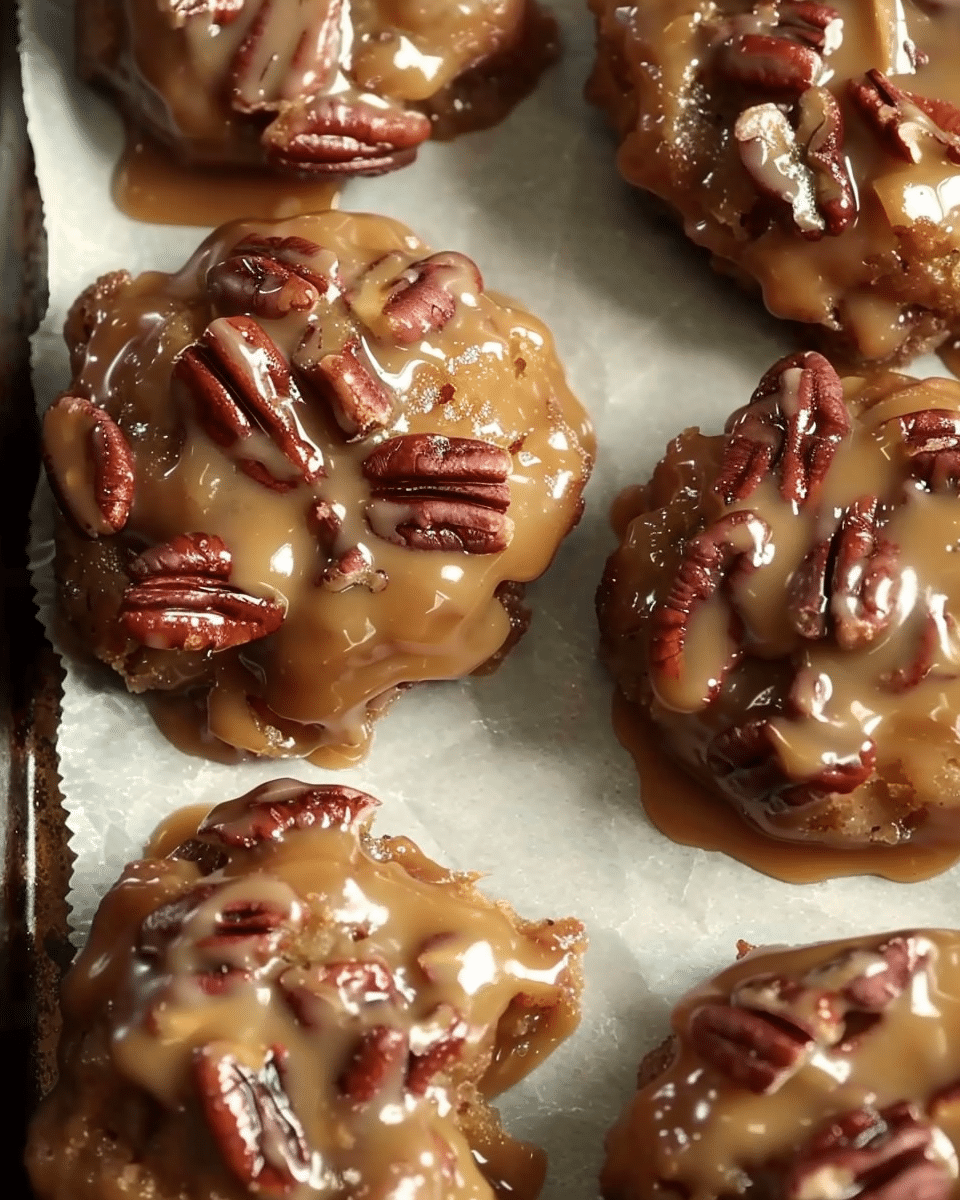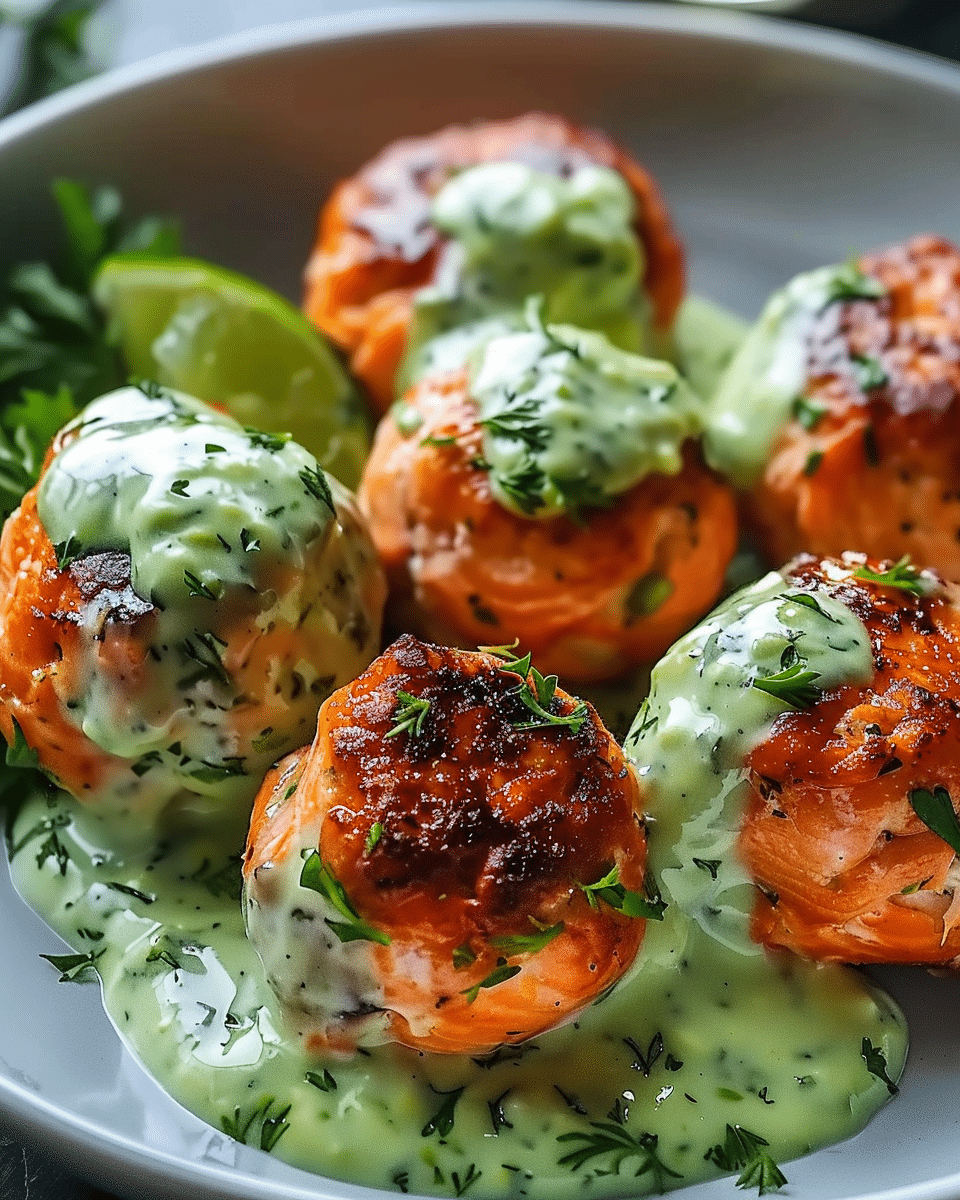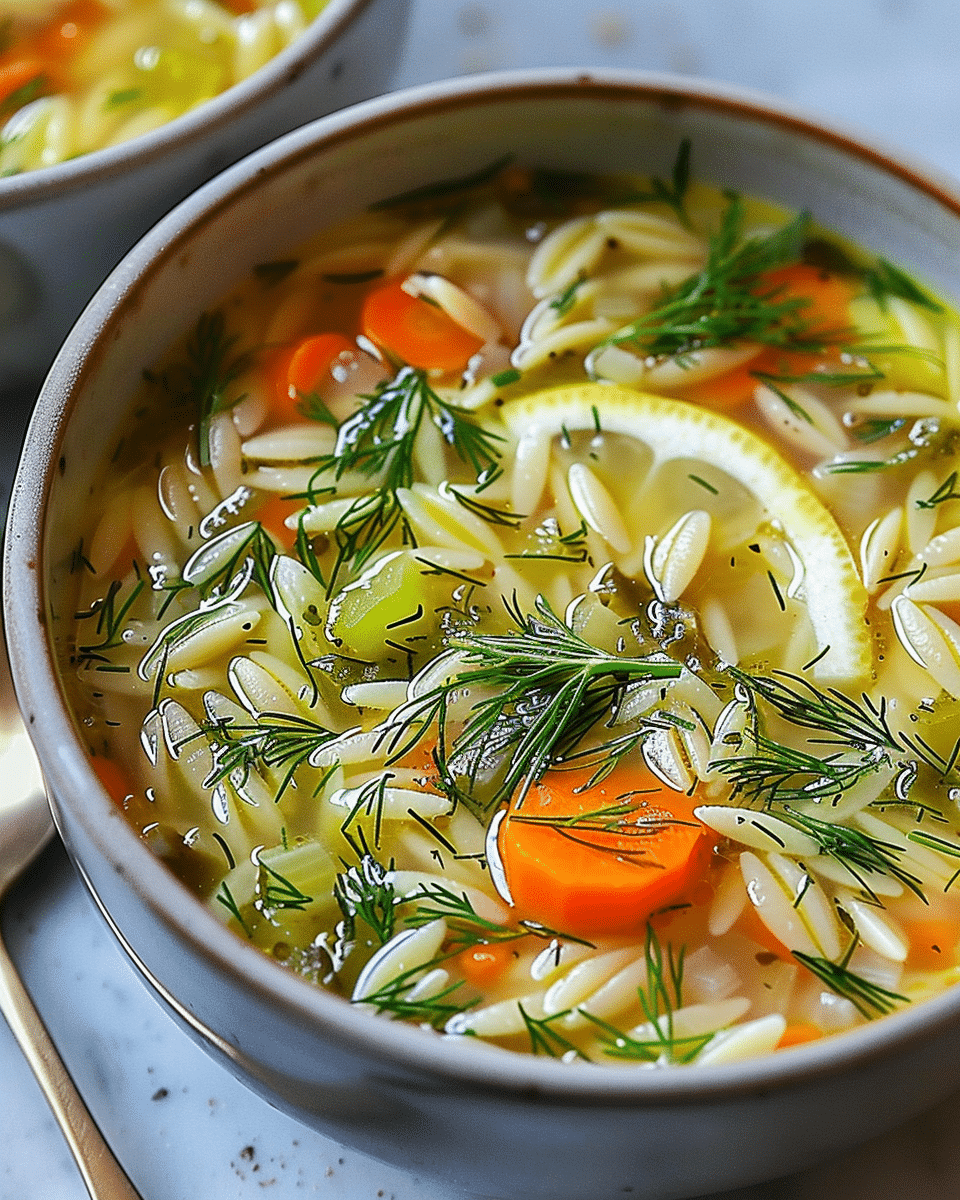Cornish hens, often referred to as Cornish game hens, have been a delicacy for many years. Their tender meat and unique flavor profile make them a favorite among many food enthusiasts. But what exactly makes them so special?
What Is a Cornish Hen?
A Cornish hen is a specific variety of chicken that is smaller in size compared to the typical broiler chickens we commonly see in supermarkets. They are a result of cross-breeding Cornish chickens with White Plymouth Rock chickens. Cornish hens are raised primarily for their meat and are often slaughtered at a younger age, typically when they are less than five weeks old. Because of this, they usually weigh between one and two pounds.
Characteristics:
- Size: Cornish hens are small, typically weighing between 1 to 2 pounds, making them suitable for single-serving dishes.
- Flavor and Texture: Due to their young age at the time of slaughter, Cornish hens have a more tender and slightly gamier flavor compared to regular chickens. Their meat is juicy and succulent, with a delicate texture.
- Appearance: They have a compact shape with relatively short legs and a broad breast.
Origin and Popularity
Cornish hens have a rich history. They are a crossbreed between Cornish and White Plymouth Rock chickens. Their small size and tender meat have made them a popular choice for individual servings at dinners and special occasions. If you’re curious about other popular dishes, you might want to explore the rising popularity of vegetarian dishes.
Cooking Techniques
Cornish hens are popular in various cuisines due to their tender meat and the ease with which they can be prepared and served. They are often roasted whole and can be seasoned or marinated in various ways. Given their size, they are typically served as individual portions, making them a favorite choice for elegant dinners and special occasions.
The way Cornish hens are cooked plays a significant role in their taste. Roasting is a common method, often combined with various herbs and spices to enhance their flavor. For a detailed guide on cooking these delightful birds, check out our comprehensive Cornish hen recipe.
Pairing with Sides
Cornish hens can be paired with a variety of side dishes. From vegetables to grains, the options are endless. If you’re looking for side dish inspiration, consider some of the best vegetarian dinner choices.
What Makes Cornish Hens So Good?
Cornish hens, with their petite size and succulent meat, have graced dinner tables for special occasions and gourmet dinners for years. But what exactly makes these little birds so sought after in the culinary world? Let’s dive deep into the allure of Cornish hens and uncover the reasons behind their popularity.
1. Tender and Juicy Meat:
Cornish hens are harvested at a younger age, usually less than five weeks old. This youthfulness translates to meat that is incredibly tender and juicy. Unlike older chickens, which can sometimes become tough or stringy, Cornish hens offer a consistently soft and succulent bite. Their meat is less fibrous, making it easier to eat and more enjoyable on the palate.
2. Perfect Portion Sizes:
One of the standout features of Cornish hens is their size. Weighing between one to two pounds, they are ideal for single servings. This makes them perfect for dinner parties or special occasions where each guest can be presented with their own beautifully roasted bird. It not only adds a touch of elegance to the dining experience but also eliminates the guesswork in portioning.
3. Versatile in Cooking:
Cornish hens are culinary chameleons. They can be roasted, grilled, broiled, or even slow-cooked. Their skin crisps up beautifully when roasted, providing a delightful textural contrast to the tender meat inside. Furthermore, their small size ensures even cooking, reducing the chances of serving undercooked poultry.
4. Flavor Absorption:
Due to their tender meat and younger age, Cornish hens are excellent at absorbing marinades and seasonings. This means they can be easily flavored to suit a variety of cuisines and preferences. Whether you’re going for a simple herb and butter rub or an exotic marinade, Cornish hens will soak up the flavors, ensuring every bite is packed with taste.
5. Bone-to-Meat Ratio:
While some might think that these birds, given their size, would be bony, Cornish hens have a favorable bone-to-meat ratio. This makes for a satisfying eating experience, with less effort spent navigating around bones and more time enjoying the delicious meat.
6. Nutritional Benefits:
Cornish hens, being poultry, are a good source of lean protein. They are also rich in essential vitamins and minerals, such as Vitamin B6, phosphorus, and niacin. Incorporating them into your diet can provide these nutrients, which are vital for various bodily functions, including energy production and maintaining healthy skin.
7. Aesthetic Appeal:
There’s no denying the visual appeal of a table set with individual roasted Cornish hens. It exudes sophistication and promises a gourmet dining experience. The golden-brown skin of a perfectly roasted Cornish hen is a sight to behold and can elevate any dining occasion.
8. Economical Choice:
While Cornish hens might seem like a luxury, they are often more economical than buying larger poultry, especially when catering to smaller groups. You can buy exactly the number of hens you need, reducing potential waste.
9. Unique Flavor Profile:
Cornish hens have a distinct flavor, slightly gamier than regular chicken but not as strong as other game birds. This unique taste sets them apart and is a refreshing change for those used to regular chicken.
10. Culinary Tradition:
Cornish hens have a long-standing tradition in gourmet cooking. Their presence in cookbooks and on restaurant menus over the years has cemented their reputation as a delicacy. Cooking and serving them can evoke a sense of nostalgia and tradition, adding to their appeal.
Summary
In summary, Cornish hens are a delightful addition to the culinary world. Their tender meat, versatility in cooking, and elegant presentation make them a favorite among chefs and food enthusiasts alike. Whether you’re hosting a dinner party, celebrating a special occasion, or simply want to indulge in a gourmet meal, Cornish hens are sure to impress. Their unique combination of taste, texture, and presentation is what truly makes Cornish hens so good.
Expert Tips for Perfect Cornish Hens
Cornish hens, with their delicate flavor and tender meat, can be the star of any dinner table. However, to truly bring out their best, it’s essential to know some expert tips and tricks. Here’s a guide to ensuring your Cornish hens are cooked to perfection every time:
1. Brining is Key:
Before cooking, consider brining the hens for a few hours. A simple brine of salt, sugar, and water can make a significant difference. It not only seasons the bird but also helps retain moisture, ensuring a juicy result.
2. Even Seasoning:
Due to their small size, Cornish hens can be easily over-seasoned. Ensure that you season both the inside and outside evenly. Using a mix of herbs, spices, and citrus zest can elevate the flavor profile.
3. Temperature Check:
Always use a meat thermometer to check the doneness. The internal temperature should reach 165°F (74°C) at the thickest part of the thigh. This ensures the bird is cooked thoroughly without being overdone.
4. High Heat for Crispy Skin:
If you love crispy skin, start roasting at a higher oven temperature, around 425°F (220°C), for the first 15 minutes. Then, reduce the heat to 350°F (175°C) to finish cooking. This method ensures a crispy skin without overcooking the meat.
5. Rest Before Serving:
Once out of the oven, let the hens rest for about 10 minutes. This allows the juices to redistribute, ensuring a moist and flavorful bird when carved.
6. Stuffing Considerations:
If you’re stuffing the hens, ensure the stuffing is already warm when it goes in. This helps in even cooking. Remember, the stuffing also needs to reach a safe temperature of 165°F (74°C).
7. Basting for Flavor:
Baste the hens every 20 minutes with their juices or a mix of melted butter and herbs. This not only keeps the meat moist but also adds a rich flavor to the skin.
8. Rotate for Even Browning:
If you notice one side of the hen browning faster than the other, rotate it halfway through the cooking process. This ensures an even, golden-brown color all over.
9. Choose Fresh Over Frozen:
Whenever possible, opt for fresh Cornish hens over frozen. Fresh hens have a better texture and flavor. If using frozen, ensure they are thoroughly thawed before cooking.
10. Simple Garnishes:
Cornish hens have a naturally elegant presentation. Enhance this by garnishing with simple ingredients like fresh rosemary, lemon slices, or cranberries. It adds a pop of color and complements the flavor.
11. Safety First:
Always ensure to wash your hands and any utensils or surfaces that come into contact with raw poultry. This prevents cross-contamination and ensures a safe cooking environment.
12. Experiment with Flavors:
Don’t be afraid to experiment. Cornish hens pair well with a variety of flavors, from traditional rosemary and thyme to exotic spices like saffron or sumac. Find what suits your palate best.
Serving Suggestions for Cornish Hens
Cornish hens, with their elegant presentation and delectable taste, can be the centerpiece of any meal. However, pairing them with the right accompaniments can elevate the entire dining experience. Here are some serving suggestions to complement the rich flavors of Cornish hens:
1. Starchy Sides:
- Wild Rice Pilaf: The nutty flavor of wild rice pairs beautifully with the tender meat of Cornish hens. Add some sautéed mushrooms and fresh herbs for added depth.
- Roasted Garlic Mashed Potatoes: Creamy mashed potatoes with the subtle flavor of roasted garlic can be a comforting side dish.
- Quinoa Salad: A light and healthy option, quinoa salad with fresh vegetables and a lemon vinaigrette can balance the richness of the hens.
2. Vegetable Accompaniments:
- Brussels Sprouts: Roasted Brussels sprouts with a touch of balsamic glaze can add a sweet and tangy flavor profile.
- Green Beans Almondine: Tender green beans sautéed with almonds offer a delightful crunch.
- Honey Glazed Carrots: The sweetness of honey-glazed carrots can complement the savory flavors of the hens.
3. Salads:
- Arugula and Pear Salad: The peppery taste of arugula combined with the sweetness of pears and a light vinaigrette can be a refreshing side.
- Classic Caesar Salad: A creamy Caesar salad with crispy croutons can be a traditional choice that never goes out of style.
4. Sauces and Gravies:
- Cranberry Sauce: The tartness of cranberry sauce can cut through the richness of the hens, making it a classic pairing, especially for festive occasions.
- White Wine and Herb Gravy: A silky gravy made with white wine, chicken broth, and fresh herbs can enhance the flavors of the roasted hens.
5. Breads:
- Dinner Rolls: Soft and buttery dinner rolls can be perfect for soaking up the juices and gravies.
- Herbed Focaccia: A slice of herbed focaccia can add a Mediterranean touch to the meal.
6. Dessert Pairings:
While not a direct side, ending the meal with a light dessert can be delightful. Consider:
- Lemon Sorbet: A palate-cleansing lemon sorbet can be refreshing after a hearty meal.
- Panna Cotta: A creamy panna cotta with a berry compote can be a subtle and elegant dessert choice.
7. Beverage Pairings:
- White Wine: A crisp white wine, such as Chardonnay or Sauvignon Blanc, can complement the flavors of Cornish hens.
- Herbal Teas: For a non-alcoholic option, herbal teas like chamomile or peppermint can be soothing.
FAQs
Why do people like Cornish game hens? People enjoy Cornish hens for their tender meat, individual serving size, and gourmet appeal.
Is Cornish hen tastier than chicken? Cornish hen offers a slightly gamier and more succulent flavor than regular chicken, making it a unique taste experience.
What are the special features of the Cornish chicken? Cornish chickens are known for their compact size, broad breast, tender meat, and ability to absorb flavors well.
Are Cornish hens better? “Better” is subjective. Cornish hens offer a different culinary experience with tender meat and are perfect for individual servings.
Is Cornish hen expensive? Compared to regular chicken, Cornish hens can be pricier per pound, but they often provide a more upscale dining experience.
Is Cornish hen a game meat? No, Cornish hen is not considered game meat. It’s a domesticated poultry breed, raised primarily for its meat.
Conclusion
Cornish hens, with their tender meat and elegant presentation, offer a gourmet dining experience that stands out in the culinary world. Their versatility in cooking, from roasting to grilling, allows them to absorb a myriad of flavors, making them a favorite for both traditional and experimental dishes. The ideal size of these hens ensures that each diner gets a personal serving, elevating the dining experience. When paired with the right accompaniments, from starchy sides like wild rice pilaf to refreshing salads like arugula and pear, the meal becomes a harmonious blend of flavors and textures. To enhance this further, sauces such as cranberry or white wine gravy can be added. Concluding, Cornish hens, when prepared and served thoughtfully, transform any meal into a memorable culinary event, making them a prized choice for many.









